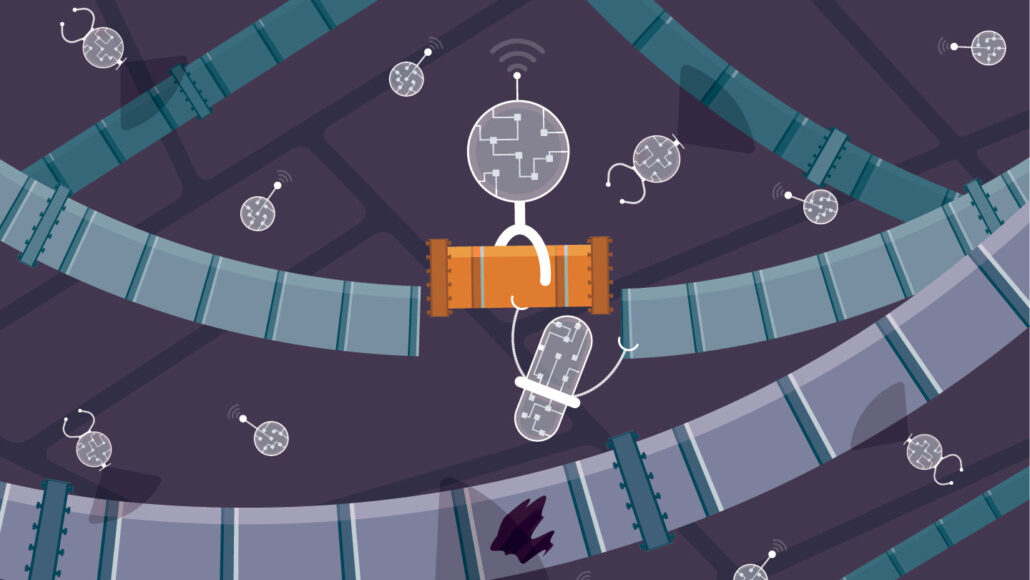Questions for ‘Synthetic biology aims to tackle disease or give cells new superpowers’

Here’s an artist’s concept of what a nano-robot might look like as it attempts to repair damaged proteins in a cell. Tiny machines such as these may one day repair broken cell machinery.
Valentina Kruchinina/iStock/Getty Images Plus